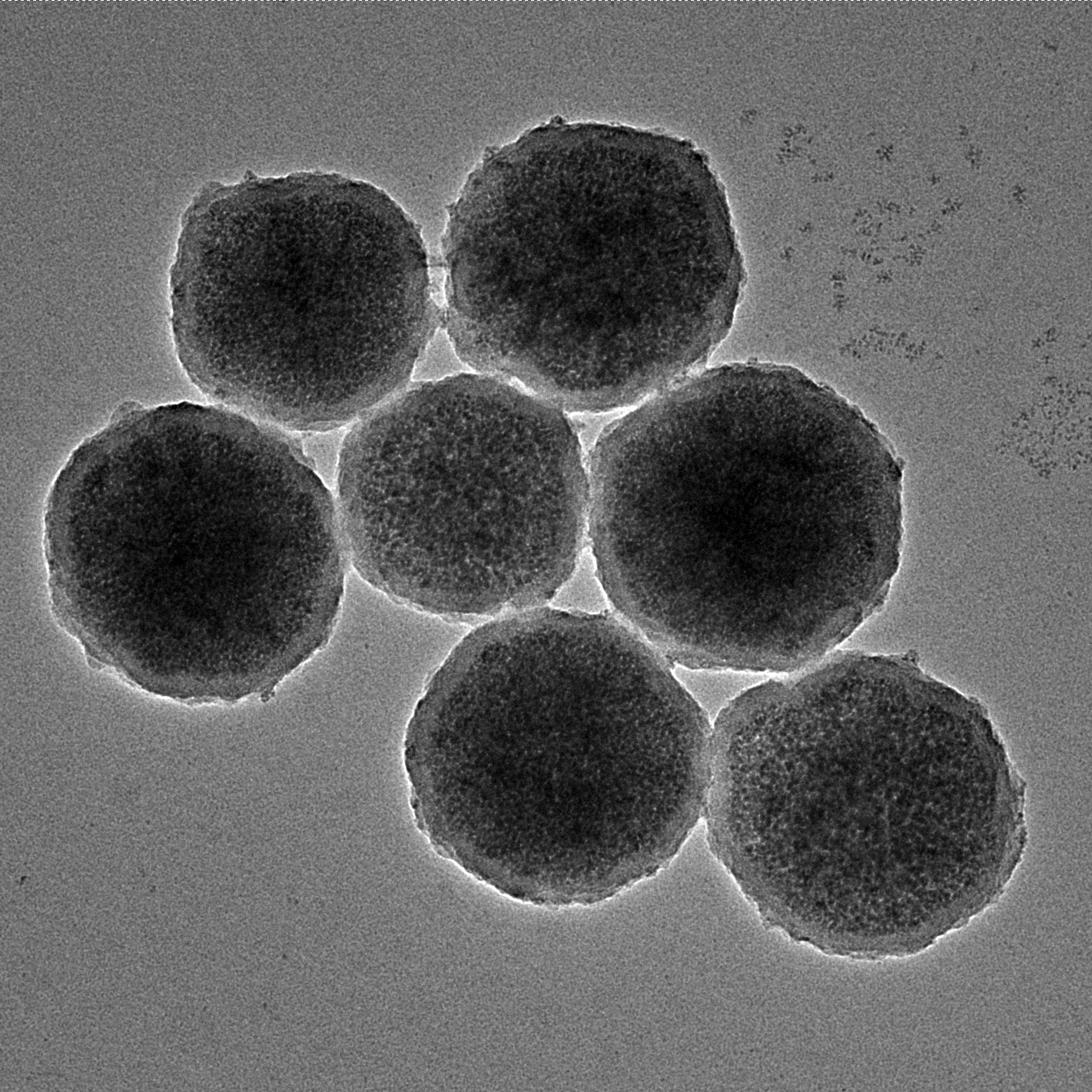Robots were once intended primarily for routine tasks in manufacturing and logistics, but they are now slowly extending their mechanical limbs and expanding into many other areas of life and science.
While many of these newer robots are useful, some are just plain strange. Some use advanced algorithms to make them strangely human, while others have bizarre designs intended for specific tasks.
Read on to meet seven of the strangest robots you can find in the world right now.
Injectable nanobots

It may sound like a cyberpunk movie, but injectable nanobots are already a reality. Researchers from the University of Edinburgh’s School of Engineering have developed tiny magnetic robots formed from blood-clotting drugs designed to melt at a specific temperature, thanks to a special coating. These robots, which are about one-twelfth the size of a red blood cell, can be guided through blood vessels, via external magnets and medical imaging, to the part of the body where drugs are to be administered. Once at this sweet spot, the magnets group the nanobots together, causing them to heat and melt, releasing their drug payload.
Atlas by Boston Dynamics

Boston Dynamics’ Atlas bipedal robotics platform continues to evolve. Atlas previously rudimentary skills demonstrated in parkour and surprising dexterity. Now we have learned to “wake up” from a lying and sleeping position in a rather disturbing way. Starting from a face-down position, the robot bends its legs backward past its hips, then uses the rotating hip joints to apply force and lift itself off the ground.
This may seem like a strangely unnatural move, but it’s a good demonstration of Atlas’s articulation and flexible movements and could make him more adept at working in different areas.
Ameca
@techradar
♬ Suspense, horror, piano and music box – takaya
Dubbed “the world’s most advanced robot,” Ameca’s second-generation version now comes with the ability to display particularly realistic facial expressions based on its responses to queries.
A malleable material covering Ameca’s face, combined with generative artificial intelligence (AI), allows the robot to respond to all kinds of queries, then perform hand movements and facial expressions to complement its responses. These facial movements look eerily human-like, especially when compared to the rest of the robot, which uses a skeletal frame with visible hydraulics and appears extremely artificial. Although Ameca has yet to be deployed in a commercial environment, its creators at Engineering Arts envision the humanoid robot’s future as helping in social services or serving as a receptionist alongside real humans.
Torso by Clone Robotics

A robot powered by a battery-operated system of water pumps and valves doesn’t seem extremely strange, but The torso is somewhat annoying. That’s because it uses this system to move an array of artificial bones and muscles, replicating the human torso from the pelvis upwards, all covered in ghostly white skin. Despite this human silhouette, the torso’s movements are relatively jerky, although it is trained to move in a more natural manner.
Clone Robotics, the company behind the robot, hopes to eventually see the technology used in humanoid robots that work on assembly lines, perform household chores, or even help provide telehealth services.
mCLARI

Spiders have long inspired science fiction robots, but mCLARI actually exists. Measuring just 2 centimeters long, the mCLARI is a small “spider robot” that uses four leg modules that can move in two different dimensions, meaning the robot can change shape efficiently to get through tight spaces and around obstacles. obstacles.
Although the robot does not have any advanced AI processing and must be controlled remotely, its adaptive form could allow it to pave the way for robots that could crawl among the rubble of a collapsed building or the destruction left behind by a natural disaster. survivors in hard-to-reach areas.
Desdemona

Desdemona is a humanoid robot developed by Hanson Robotics – the company behind Sophie the robotwho became the first in the world “robot citizen (from Saudi Arabia, to be precise) in 2017.”
Desdemona uses a Large Language Model (LLM) for her brain and has synthetic skin capable of reproducing realistic facial expressions. But unlike similar humanoid robots, Desdemona is not just a technological demonstration, she is also a robotic music star who is designed to become a cultural figure with her own style and “core personality” – essentially a database filled with traits and memories that can inform Desdemona’s future interactions. Desdemona is less interested in technology than in a vision of how robots might become social and cultural figures like their human counterparts.
MentedBot

Although it may look like a rather retro robot, with articulated hands that move with all the grace of a bus, the MenteeBot has much more to offer than meets the eye. Specifically, it was designed to learn as it goes, leveraging AI models to respond to different situations and tasks, like helping push a cart for someone in a wheelchair. MenteeBot has a “Sim2Real” system that reduces the time it takes to move from a simulated task to a real task. This, when supported by reinforcement learning techniques, a suite of sensors and a mix of actuators, could produce a robot in 2025 capable of assisting in tasks ranging from warehouse automation to help in domestic environments.
Casio Moflin

Robot animals aren’t new, but the Casio Moflin is one of the first to aim to cuddle and develop a bond with its users. Resembling a piece of fur crossed with a hamster, Moflin has technology that allows it to develop a simulated personality and recognize its owner’s voice and how its user handles it.
Unlike other robot animals, such as Sony’s Aibo dog, the Moflin was not designed to chase balls or be an active pet. Rather, it is built to provide a comforting companion to humans and establish a relationship with them. Moflin does not need to be fed, but will feign a feeling of sadness or anxiety if he does not have regular interactions, and these interactions will in turn help develop Moflin’s personality.


